CONTENTS
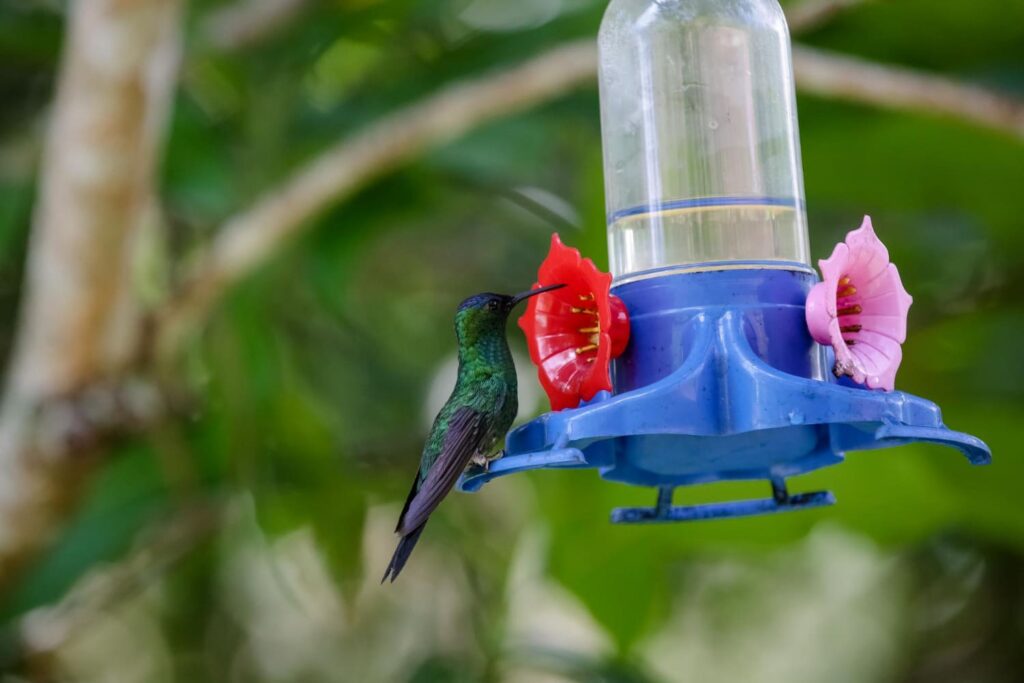
Nurturing Nature: How to Make Hummingbird Food at Home
Have you ever been captivated by the beauty of hummingbirds fluttering in your garden? They’re not just pleasing to the eye and ear; hummingbirds play a crucial role in the ecosystem by pollinating flowers as they feed on nectar.
It is a good idea to serve these tiny creatures hearty homemade food right from your kitchen. Who knows, you might contribute to their well-being!
Ahead, we will guide you through the steps on how to make hummingbird food—an easy yet rewarding task that helps these tiny pollinators thrive.
Classic Hummingbird Nectar Recipe
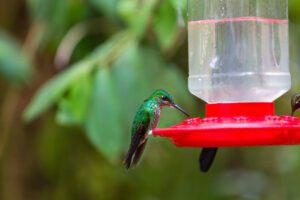
A hummingbird’s natural diet consists mainly of nectar from flowers rich in sugars, especially sucrose, for energy and insects for protein and other essential nutrients.
However, you can make hummingbird “nectar” from your kitchen to cater to these tiny chirping creatures with our homemade hummingbird food recipe below. Read on to learn how to make hummingbird food here!
Ingredients:
- 1 part white, granulated sugar
- 4 parts water
Steps:
- Heat the Water: Bring your water to a boil to dissolve the sugar effectively and kill any existing bacteria or mold.
- Combine with Sugar: After boiling the water, take it off the heat. Proceed to pour the granulated sugar into the hot water.
- Blend Until Dissolved: Stir the mixture until the sugar completely dissolves to create a syrup that closely resembles the natural nectar.
- Let it Cool: Ensure the solution is fully cooled before use. Serving warm or hot nectar could potentially be harmful to the birds.
- Top Up Your Feeder: After the nectar has cooled down, use it to fill up your hummingbird feeder. You can refrigerate leftover nectar for up to two weeks.
- Regular Maintenance: Clean your feeder and refill it with fresh nectar every few days or whenever it’s empty to prevent nectar from fermenting and inhibit mold and bacteria growth.
The sugar-to-water 1:4 ratio is ideal as it closely mimics the sugar content of the nectar found in flowers that hummingbirds naturally consume.
What You Should Know About Homemade Hummingbird Food
Do not add dye or food coloring
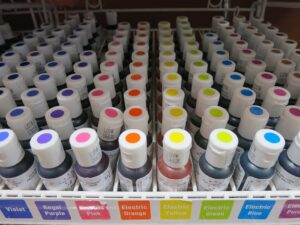
Although hummingbirds love vibrant-colored flowers, you are not recommended to add dye and food coloring to the homemade nectar recipes. This is due to the lack of supportive research that states this benefits the birds.
Only use white cane sugar
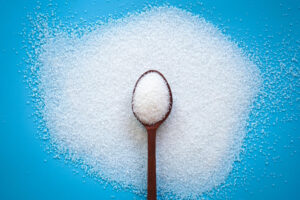
To adopt the natural nectar characteristic, only use white granulated cane sugar. This type of sugar has the closest similarity to natural nectar. This way, you’ll cater better to the birds. Avoid using other types of sugar, such as brown sugar, as it is heavier for the birds.
Watch for mold
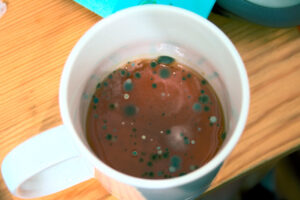
Often, these birds don’t finish their food in one shot, hence the leftover nectar. This is your part to throw the leftovers, clean the bird feeder, and refill the feeder with fresh nectar at least once a week to prevent mold growth. This way, you’ll ensure you give the hummingbirds the best food.
Use small quantities
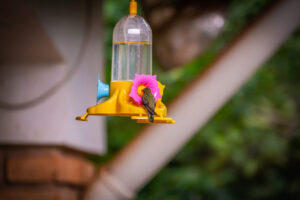
It is recommended to fill the hummingbird feeder with just enough nectar that the birds will consume in 2-3 days to ensure freshness and avoid excessive leftovers.
Clean feeders
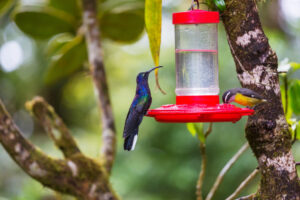
Clean your hummingbird feeder once every few days—or daily if the weather is particularly hot. Use a bottle brush, port brush, or old toothbrush to clean. Also, avoid using chemicals to clean the feeders. Instead, use a solution of one part white vinegar to four parts water.
Frequently Asked Questions
What plants attract hummingbirds?
Vibrant-colored plants with red, orange, and purple hues attract hummingbirds the most. These plants are often linked to a richer sugar content. Some of the plants include bee balm, bleeding hearts, and weigela.
How often do I need to clean hummingbird glass feeders?
You need to clean your glass hummingbird feeder every time you change out the nectar, typically once a week, depending on the outside temperature. The hotter it is, the more frequently you must clean it.
Can I make a hummingbird nectar recipe without boiling?
Of course! Boiling is merely a step to dissolve the sugar quickly in the water. Besides boiling, you can simply shake or stir the sugar-water mixture until the sugar dissolves.
Conclusion
Learning how to make hummingbird food is a simple yet gratifying task that contributes positively to the environment. By making your own nectar solution, you are ensuring that these tiny creatures have a steady source of nutrition, especially when natural sources are scarce.
Remember, it’s vital to maintain the feeders’ cleanliness and replace the solution regularly to keep our tiny guests healthy and happy. With just several ingredients and steps, you can create a welcoming haven for hummingbirds right in your house garden.
So, get started on your hummingbird food today, and enjoy the delightful sight of these winged wonders visiting your garden!

